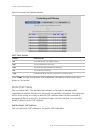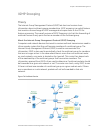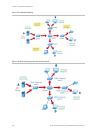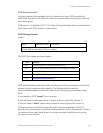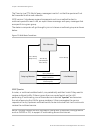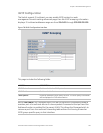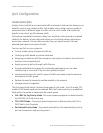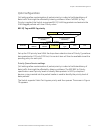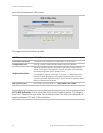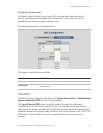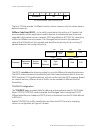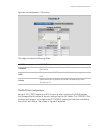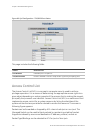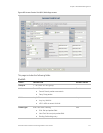Chapter 4: Web-Based Management
110 GE-DS-82 and 82-PoE Ethernet Managed Switch User Manual
QoS Configuration
Understand QOS
Quality of Service (QoS) is an advanced traffic prioritization feature that allows you to
establish control over network traffic. QoS enables you to assign various grades of
network service to different types of traffic, such as multi-media, video, protocol-
specific, time critical, and file-backup traffic.
QoS reduces bandwidth limitations, delay, loss, and jitter. It also provides increased
reliability for delivery of your data and allows you to prioritize certain applications
across your network. You can define exactly how you want the switch to treat
selected applications and types of traffic.
You can use QoS on your system to:
• Control a wide variety of network traffic by:
• Classifying traffic based on packet attributes.
• Assigning priorities to traffic (for example, to set higher priorities to time-critical or
business-critical applications).
• Applying security policy through traffic filtering.
• Provide predictable throughput for multimedia applications such as video
conferencing or voice over IP by minimizing delay and jitter.
• Improve performance for specific types of traffic and preserve performance as
the amount of traffic grows.
• Reduce the need to constantly add bandwidth to the network.
• Manage network congestion.
The QoS page of the Switch contains three types of QoS mode - the CoS mode, TOS
mode or Port-based mode can be selected. Both the three mode rely on predefined
fields within the packet to determine the output queue.
• CoS / 802.1p Tag Priority Mode -The output queue assignment is determined by
the IEEE 802.1p VLAN priority tag.
• TOS / DSCP Mode - The output queue assignment is determined by the TOS or
DSCP field in the IP packets.
• Port-Based Priority Mode - Any packet received from the specified high priority
port will treated as a high priority packet.



